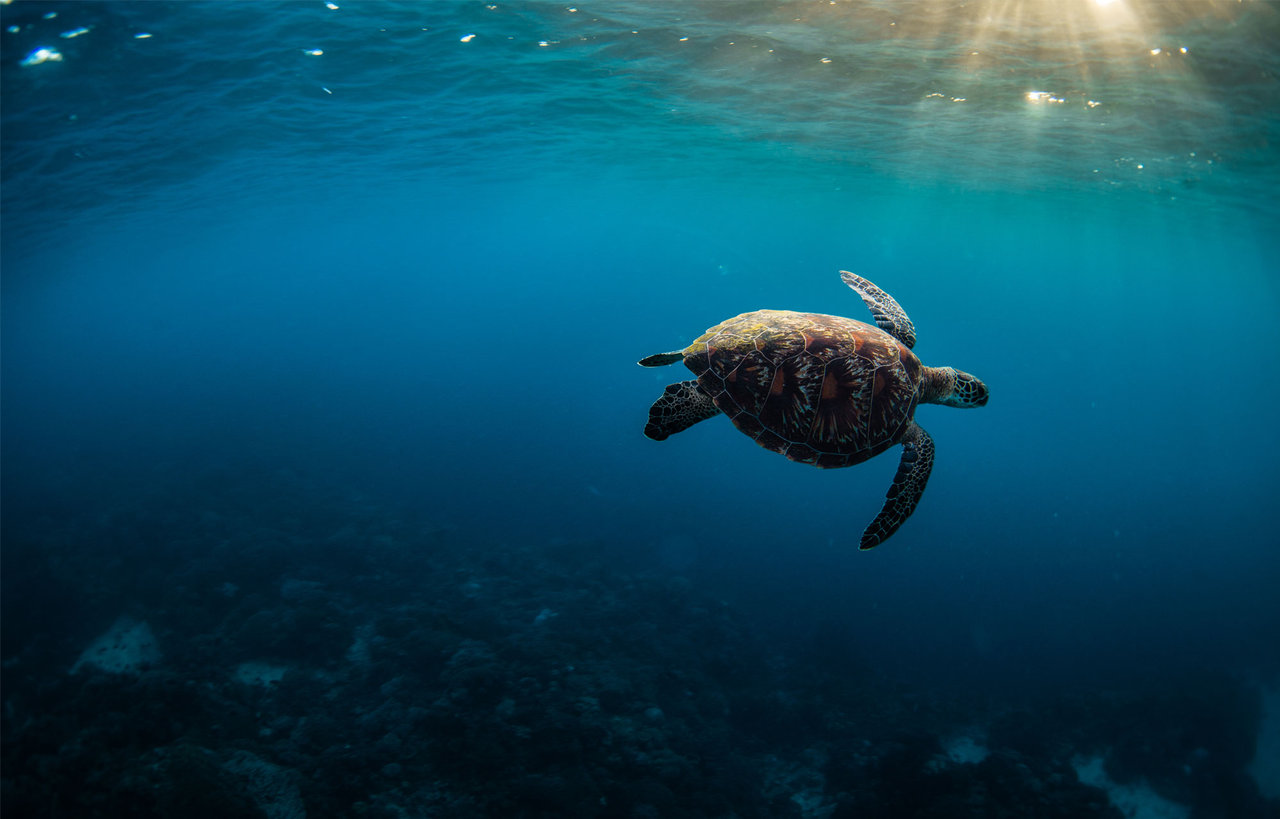One of the most popular critters at Atmosphere Resorts & Spa and along the Dauin Coast is the seahorse. It’s great to watch a diver see his or her first seahorse and the amazing reaction that always follows. I don’t think I have ever met a diver that didn’t like seahorses! Most, if not all of you, know what seahorses look like, but there is much more to them than their adorable appearance, so here are ten fun facts about seahorses that you might not know:
- Even though they can be super cute, their scientific name implies something entirely different. Hippocampus, their genus, comes from the Ancient Greek words “hippos” and “kampos” meaning horse and sea monster, respectively. In ancient times, seahorses were literally horses that the gods like Poseidon rode in the sea, so maybe thats why the latin name doesn’t resemble something small and cute.
- There are over 50 species of seahorses, anywhere from 1.5cm to 35cm in length. We have three main species of seahorse here in Dauin – the thorny seahorse, common seahorse, and one of the smallest species, the pygmy seahorse – all three of which can been seen on our very own house reef!
- Seahorses court each other in a lengthy mating ritual before reproduction. They have a predawn dance where they grab tails and circle each other, followed by a mating dance that lasts many hours where the male pumps his egg pouch full of water to expand it, making it very desirable for a female by showing there is ample space for eggs. That’s right – the male is the one that keeps the eggs and gets pregnant!
- Seahorses don’t have scales like other fish. Their body is made up of an exoskeleton of bony plates that are covered with a layer of skin.
- Seahorses rely on stealth to hunt prey and can actually move each of their eyes independently, which gives them a better ability to track and capture prey. It is also advantageous so they can keep an eye on a photographer while hunting prey since seahorses seem to always know when their pictures are being taken and turn the opposite direction.
- Seahorses have no teeth or stomach, meaning prey passes through their digestive system so quickly that they have to eat eat almost constantly. This is why they are almost always looking straight down with an unwavering gaze.
- The average lifespan of a wild seahorse is 4-6 years.
- Seahorses rely on their tails. Since seahorses are very bad swimmers, they use their tails to anchor to coral, rocks, sea grass, and even each other, although they cannot bend them backwards. They also use their tails as weapons when fighting over territory.
- Seahorses have a fingerprint – the crown on top of their head, called a coral net, is different on every seahorse, including size and design.
- Seahorses have few predators. They are very bony and undesirable for many species to eat. Their main threats are crabs and humans, although I have personally witnessed a grouper unsuccessfully try to eat one. Millions of seahorses are harvested every year from the ocean for traditional medicine, souvenirs, and the aquarium trade.

There are plenty of seahorses around right now in Dauin, including a dive site where we saw fourteen on one dive, as well as a few pygmy seahorses on our house reef, so come join us at Atmosphere Resorts for a dive or two and see some of these awesome critters!
Your marine biologist /Daniel
Photos by Daniel Geary & Ulrika Kroon
Learn critter spotting with us!






